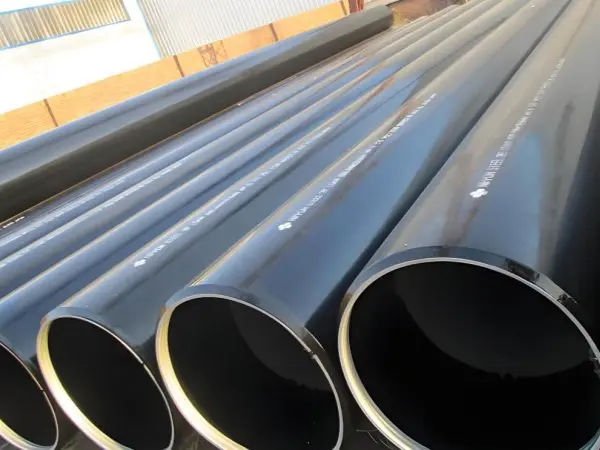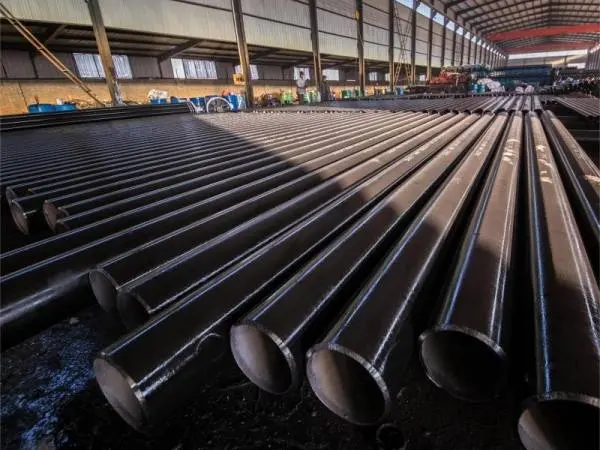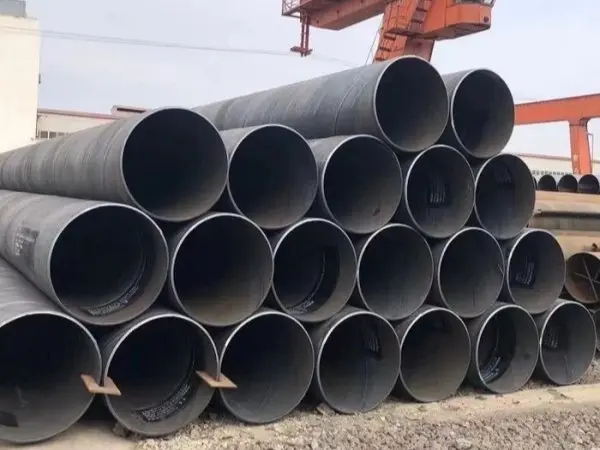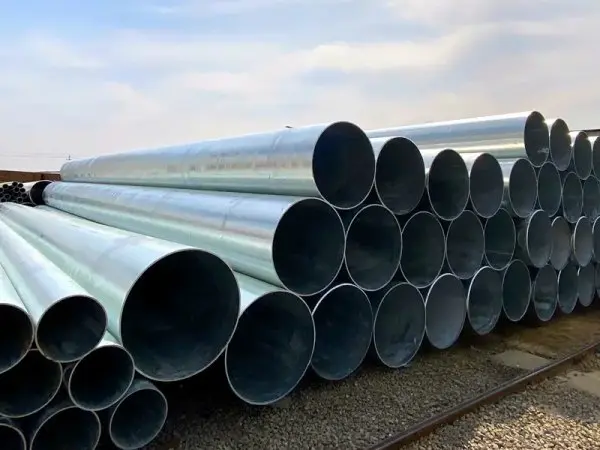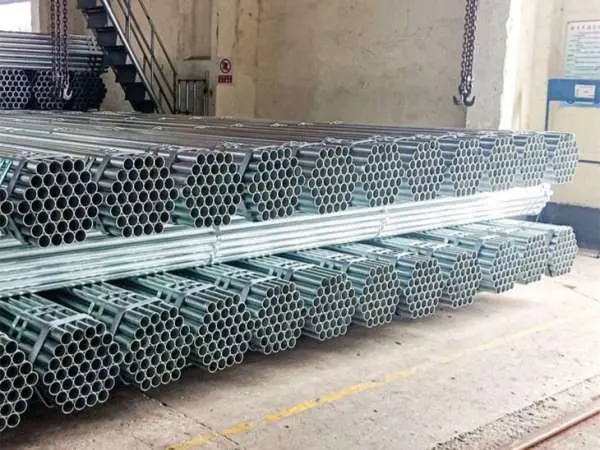- Phone0086 731 8564 8255
- E-mailsales@cscsteel-manufacturing.com
-

High-frequency welded (HFW) steel pipes and straight seam welded steel pipes are both widely used in construction, pipeline systems, and structural applications. Although they may appear similar in form, they differ significantly in terms of production methods, materials, and technical characteristics. Understanding these differences can help in selecting the most suitable pipe for a specific application.
Continental Steel Co., Ltd is professional welded steel pipe manufacturer, for more details, please contact:sales@cscsteel-manufacturing.com
1. Differences in Manufacturing Process
High-Frequency Welded Steel Pipe:
After the hot-rolled steel coil is shaped by the forming machine, the pipe edges are heated and melted using the skin effect and proximity effect of high-frequency electric current. Pressure welding is then performed by extrusion rollers to form a solid weld seam.
Straight Seam Welded Steel Pipe:
This category includes both high-frequency resistance welded (ERW) pipes and submerged arc welded (SAW) pipes. SAW straight seam pipes can be further classified based on forming methods such as UOE, RBE, and JCOE. Unlike HFW pipes, SAW pipes are usually produced at slower speeds and involve filler metal in the welding process.
2. Differences in Materials
High-Frequency Welded Steel Pipe:
The weld seam is formed by fusing the base material itself (without filler metal), resulting in better mechanical strength compared to conventional welded pipes. This makes HFW pipes suitable for applications requiring high strength and precision.
Straight Seam Welded Steel Pipe:
These pipes are typically made from materials such as Q195, Q215, Q345, and pipeline-grade steels like X42. Based on wall thickness, they can be categorized into regular and thickened types. They are also available in threaded and non-threaded variants, depending on end-use requirements.
3. Differences in Characteristics
High-Frequency Welded Steel Pipe:
Known for its smooth appearance, high dimensional accuracy, low production cost, and minimal weld bead height. These features make it ideal for anti-corrosion coating applications such as 3PE. However, since welding is completed rapidly at high speed, maintaining consistent weld quality is more technically demanding than with SAW pipes.
Straight Seam Welded Steel Pipe:
Typically available in fixed or non-fixed lengths according to customer needs, with standard lengths ranging from 6 to 14 meters. Large-diameter pipes may require two plates to be rolled and welded, resulting in a double-weld seam. These pipes are better suited for low- to medium-pressure transmission lines or structural supports.
